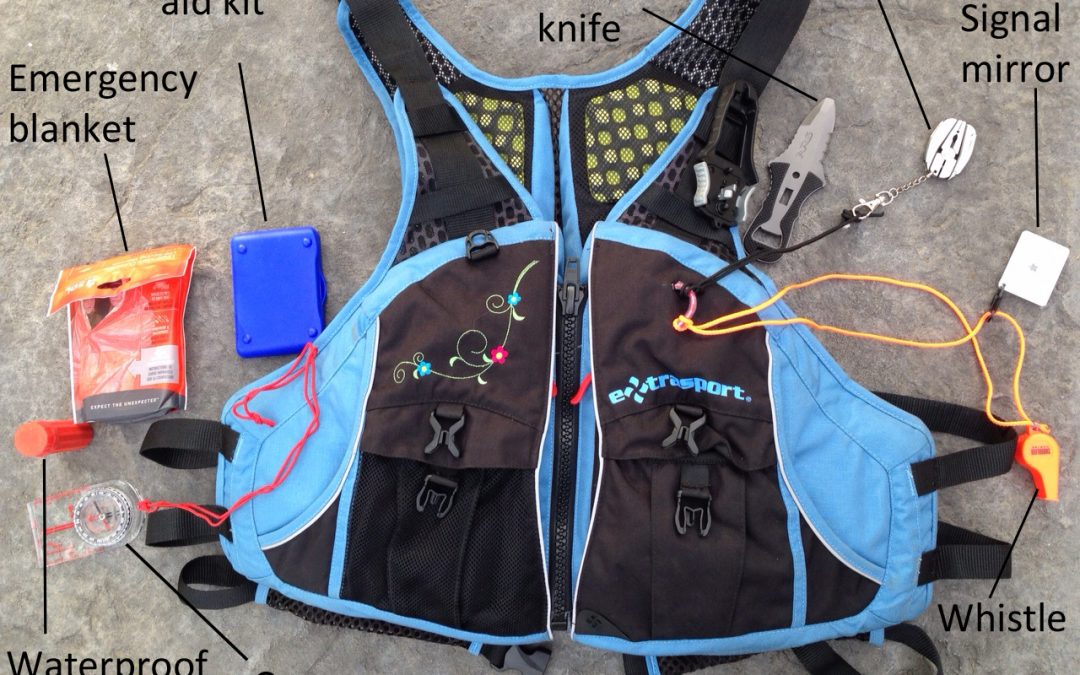
 I’ve been hearing this phrase quite a bit this week as friends and family give me best wishes for a great trip. Usually it’s said in a way of showing care for my well-being, and sometimes there is a tinge of “be careful.” I appreciate both messages.
I’ve been hearing this phrase quite a bit this week as friends and family give me best wishes for a great trip. Usually it’s said in a way of showing care for my well-being, and sometimes there is a tinge of “be careful.” I appreciate both messages.
There are three main ways I stay safe: using my experience and knowledge, planning when I am where so my support team knows what to expect, and being prepared with the proper safety equipment—and knowing how to use it.
My junior year in college I was supposed to go to Vienna and study music. Not enough students signed up, so instead I did an internship at the environmental education center now called Wolf Ridge. My whole future reoriented toward conservation. Then I spent a summer at a field camp on Low Lake in the Boundary Waters. Part of each field course was a canoe trip botanizing across the BWCA. The lessons I learned there spurred my interest in canoeing and canoe camping. It’s been more than three decades and I still prefer to be on or near water (or frozen water) as a way to spend time outdoors. What seems slightly crazy to some people is really not that strange if you’ve been doing it that long.
Along with experience is the cardinal safety rule: don’t go alone. I confess I enjoy solo travel and find it easier to meet others and hear their stories. This trip is a combination. During the 18 days, I have people joining me for much of the trip (thanks Denny, Tom, Scott, Susan, Mariana, Mike, Lisa and Mark!). I also have River Angels in the towns along the Wisconsin River that I can call when I need help (more about them later).

A long time ago when I hiked the Appalachian Trail from Maine to Massachusetts alone, there was no such thing as an emergency beacon or personal satellite locater. If you needed help, you would wait for another hiker to come by. On the I Heart Wisconsin journey I’ll have a Spot Gen3 transmitting my location every ten minutes to a map monitored by our communications director Lindsay Renick Mayer. Every day when I get off the water, I’ll press a button that sends an “I’m OK” message to my support crew. If I really get in a life-threatening situation, the Spot Gen 3 has an SOS button that literally sends in helicopters to my GPS coordinates. Let’s hope it’s not needed.

Finally, my boat and my lifejacket are outfitted with safety in mind. I carry a paddle float and rescue stirrup to help me get back in the boat if I need to, a pump to send water out of the boat, a throw bag if someone needs rescuing, maps, an extra paddle and a repair kit.
My life jacket is equipped to support me if I get separated from my boat. It includes a strobe light, signal mirror, whistle, multi-tool rescue knife, waterproof matches, emergency blanket, compass and mini-first aid kit. Some people also carry water purification tablets, food, heat packs, extra glasses, signal flares and a waterproof notebook.

The two months I’ve been planning this trip I’ve focused on reducing risk. At my age I am not afraid to ask for help and I am not paddling every inch of the river. I’ve scheduled a trip that includes River Angels helping me around about half of the 26 hydropower dams and I am skipping entirely the big and windy Petenwell and Castle Rock Flowages. I know my limits as a paddler, and those types of water are not fun in a 13-foot kayak.
Making these preparations is interesting, and provides me with a sense of well-being when I travel alone outdoors.
What are some of your safety tips?
